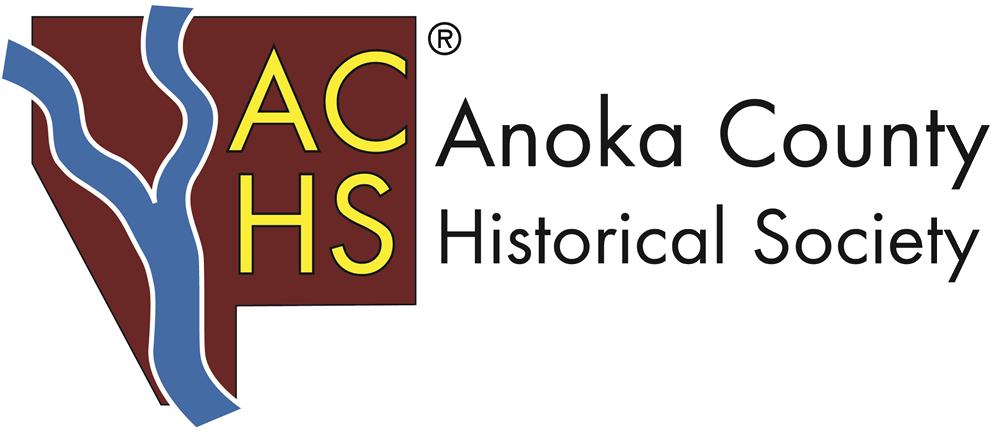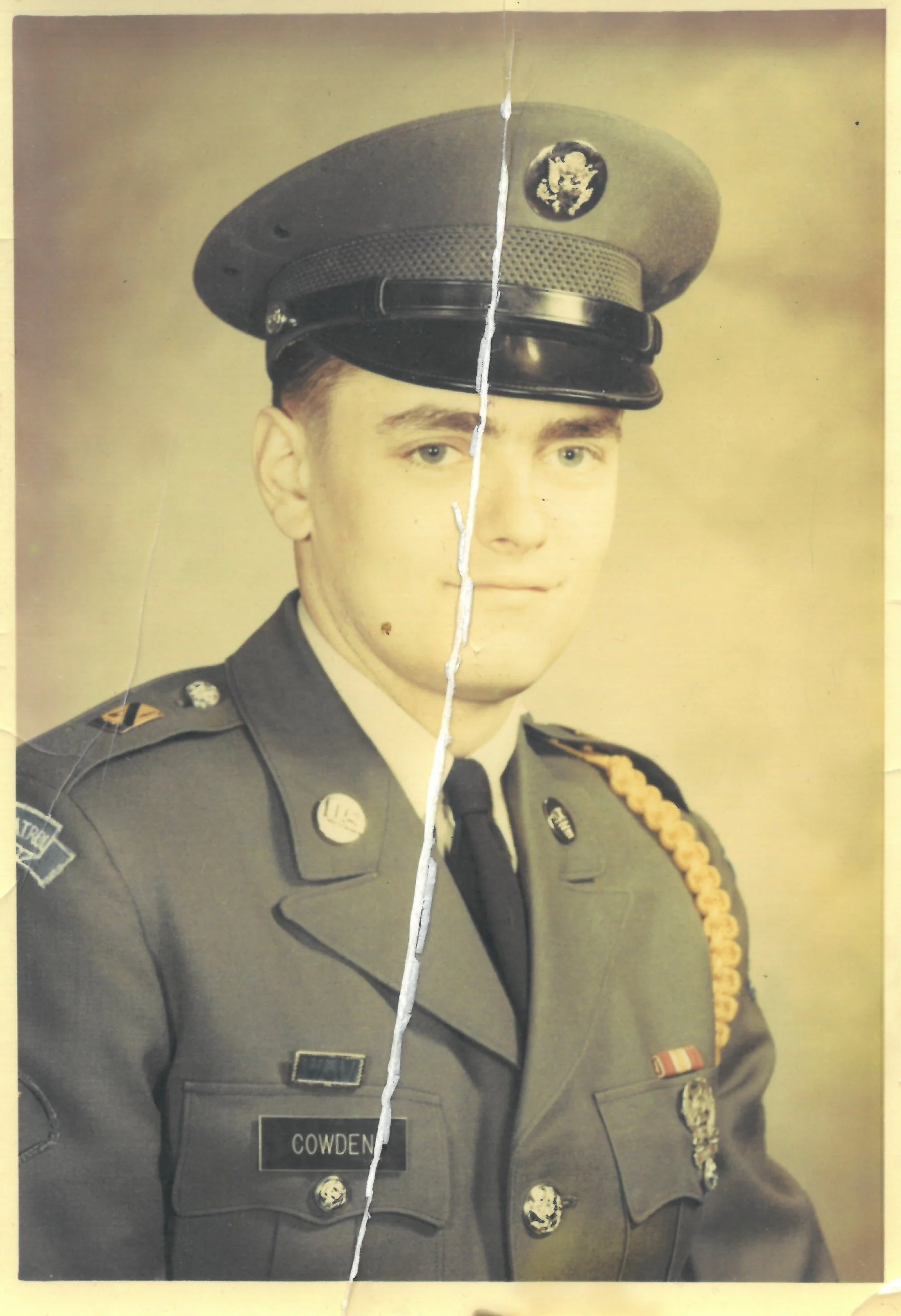As the world continues to distance itself physically, we have come to rely on technology to provide a sense of community. From church services to happy hours, play dates to work meetings, Anoka County residents continue to find ways to function together. The museum world has responded to the COVID-19 pandemic in part by creating hashtags on social media that each of us can use to showcase portions of our collections daily.
Read MoreThe present is the past of the future.
Right now, these simple words carry the weight of a global experience each of us views differently.
Documenting this situation as we live it presents an extremely rare opportunity to make use of social media and technology, as well as traditional writing and photography, to create a body of work future historians can use.
Read MoreSara is taking time to explore the depths of ACHS's microfilm collection. First up is what the heck are Estray Records?
Read MoreMore microfilm finds! In the county's Farm Name Register we make a surprising find ... the North Pole!
Read MoreThe latest microfilm find - incorporation record for the Protection Hook & Ladder Company Number 1 of Anoka!
Read MoreThe newly married Flora (Southard) Aldrich (1859-1921) arrived in Anoka in 1884 as the 21-year-old bride of 28-year-old Dr. Alanson Aldrich, seemingly to all the world an educated woman from a privileged and proper East Coast family. It didn’t take long for the community to understand Flora’s ambitions for herself outside the traditional role of women at the time — working alongside her husband in his medical practice, as his equal in a partnership of service to the community. Alanson not only allowed it, but encouraged her to achieve a medical education at the University of Minnesota, where she graduated in 1887.
Read MoreWith Women’s History Month upon us already, the Anoka County Historical Society would like to acknowledge several Anoka County women who have made an impact on our local history. Margaret Langfeld and Natalie Haas Steffen hold the honor of being the first two women elected to the county Board of Commissioners, 125 years after the county was established.
Read MoreSt. Patrick’s Day is typically commemorated with parades, green beer and donning green attire. The jovial holiday finds its roots in both true stories and some interesting tales about St. Patrick, the patron saint of Ireland.
Read MoreSpecialist Leslie Lawrence Cowden was born on in 1946 in Cedar, the second oldest of five children who attended St. Francis High School. At age 18, Cowden joined the Army and went to Germany. After hearing about the desperate need for medics in Vietnam, he volunteered to serve
Read MoreValentine’s Day is the officially established day when many people send valentine’s cards and chocolates to their significant other. Depending on the sources, there are various ideas of the origins of this holiday.
Read MoreSchool consolidation always seems contentious. Different entities feel they are the losers having to give up their identity to another’s greater emergence. One hundred years ago this scenario occupied the attention of the Coon Rapids area.
Read More
The idea of containing larger-than-life items in a bottle for the fun of making people ask “how?!” stems back centuries and even has a name—the Impossible Bottle. Ships remain the most popular item to stow in a too-small vessel, the first of which dates back to 1784 and lives in a German museum. Since then, however, people have spent their time puzzling over how to slide decks of cards, tennis balls, and even padlocks through the narrow bottle neck to create a talking point.
Read More
Cutter’s Grove, Thompson Riverview Terrace, Morningside addition – each neighborhood gets a name when it is first platted. Sometimes these names have a hidden history. Anoka’s Dunham Oaks neighborhood lies just north of the County Fair Grounds. The neighborhood came together because of one teacher and principal at Washington Elementary: Marion Dunham.
Read More
Back in May, we published an article about the early history of the Farmer’s Hotel building, which was located at 2110 2nd Avenue North, about midway on the block between Jackson Street and Van Buren Street, facing the river. (Please find the earlier article on either the ABC Newspapers or ACHS website: AnokaCountyHistory.org) Since this building no longer exists, we wanted to find out more about its history. Further digging in some of our resources here at the history center (especially photographs and telephone directories) allowed us to piece together a better picture of the building’s later years.
Read MoreIn 1919, people celebrated Christmas in much the same way we do now, including sharing with other people how, and with whom, they celebrated the holiday season. Today news comes to us in various forms such as Facebook, Instagram, online newspapers and TV. Back in 1919, it was either word of mouth or the daily local newspaper. These days, it is easy enough to look up a certain celebrity or a member of the British royal family, but in 1919, the celebrities were your very own neighbors, and the place to be was their Christmas party.
Read MoreIn 1879, at the age of 28, Edward L. Curial, a jeweler here in Anoka, was a political activist. Viewing the upcoming national election for the presidency between James Garfield and Winfield Scott Hancock, he set about designing, building and patenting a political token in the form of a watch fob. A fob was a small item attached to a pocket watch chain that dangled in plain sight between the pocketed watch and the secured end of the chain. It was a simple way for an individual to make a statement
Read MoreStaff from the Anoka County Historical Society spent the last six weeks at Wargo Nature Center discussing the merits of medical practices with students during the Heritage Lab educational seminar. Our station focused on how and why a family might seek out a doctor and what those early pioneers could do with herbs and other home remedies. As is often the case, history makes more sense when names and dates take on characters in a story and the lesson comes to life.
Read MoreDecember 7, 1941, a day that will live in infamy ...
Those words committed the U.S. and Anoka County to a conflict that became known as World War II, changing the face of warfare and politics forever. That war still holds tightly to our memories, even as the “greatest generation” continues to slip away.
Read MoreHorace Greeley talked about the education of all children in the 19th century. With the arrival of new immigrants, state legislators passed a compulsory attendance law in support of Greeley’s thinking to “melt” the different cultures into a common denominator. Greeley’s dream appeared to have become reality — almost. Children with disabilities attended trade classes with no academic instruction or stayed home. The Supreme Court decision of 1890 allowing “separate but equal” schools mirrored this contemporary thinking.
Read MoreThis device was a high frequency generator that claimed to “counteract the causes” of illnesses by use of the “violet ray” the generator produced. It is believed Minnie Foster Goodrich purchased this machine in the 1920s. Minnie was born in Anoka County in 1865 and lived in the area her entire life, most of it in what was then called Anoka Township, today’s Coon Rapids. Family members remember her loaning the Violet Ray machine to friends and neighbors in the 1930s.
Read More
















